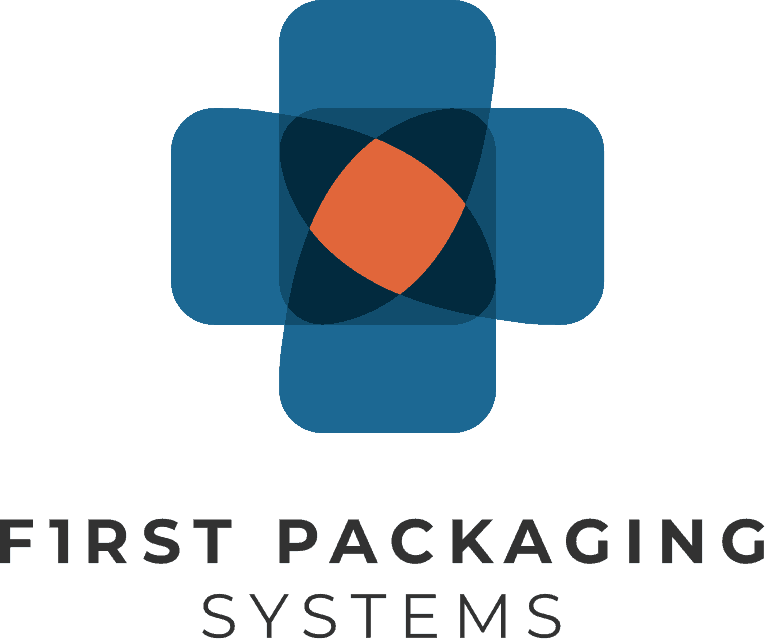We work with a growing fulfillment and logistics company shipping products domestically and to Asia. Until recently, products were picked in their 10,000-plus SKU warehouse, packed in corrugated cartons, and sealed with water-activated, reinforced gum tape. The company’s growth had been explosive over the past five years, more than tripling their daily shipments. Management knew such growth wouldn’t be sustainable without implementing changes in both process and procedure, so they looked externally for warehouse-management software upgrades and enhancements that provided more efficient order picking, yielding more lines picked per hour.
However, these enhancements did not address the issues that followed their growth. Rather, they contributed to bottlenecks in the pack-out phase of order preparation, neutralizing any gains they had achieved through the picking process and contributing to higher labor costs during packing. It’s a common problem: Companies are uncertain how to handle growth, particularly when it comes to packing. Growth tends to elevate errors in picking, packing, and shipping, thus incurring greater costs in processing orders.
It was at this time that the company’s president was referred to Alan First at First Packaging Systems. While evaluating the company’s processes and procedures, it became clear to Alan that a combination of simple automation equipment, streamlined materials, and material changes would eliminate bottlenecks at packaging, while reducing material and labor costs, as well as the per-unit shipping cost. Alan’s recommendations included case erectors, powered and gravity conveyors, UPC scanners, adoption of pressure-sensitive tape (in place of reinforced gum tape), automatic top-only case sealers, and automatic print-and-apply labelers for shipping labels. Alan further recommended a simple change to how picked orders were delivered to packaging, maximizing the impact of this automation across each packaging line.
After a thorough ROI evaluation, Alan was surprised to find the largest impediment to implementation was their use of water-activated, reinforced gum tape. The president said this particular tape gave carriers and consumers a sense of package security. Alan, however, suggested the use of printed clear pressure sensitive tape, which provides the same package security and performance, while adding greater automation friendliness.
As each packing line was updated with Alan’s suggestions, they were also assigned a single shipping carton size. The company’s new Warehouse Management Software (WMS) allowed each order being picked and processed to be graded by case cube and required shipping box size. Order picker manifests then directed pickers to the appropriate packing line. First Packaging Systems’ technical service team managed project implementation seamlessly while providing a high level of support, including comprehensive staff training.
The results of FPS’s involvement were immediate and obvious. Packaging material costs were reduced by 12 percent. Picker output increased by 19 percent, while picking accuracy increased by 9 percent. Also, packing headcount was reduced by 50 percent. Bottlenecks were eliminated, allowing substantial room for future growth.
Numerous valuable insights can be gleaned from FPS’s involvement in this scenario. First, finding a consultative expert who can apply their industry knowledge allows business owners to focus on their core competencies. As veterans of the packaging industry, the FPS team was able to analyze and interpret the company’s hidden pain points, applying their insights to mitigate further loss. They created an environment where existing software could be used effectively in conjunction with FPS recommendations. Part of FPS’s work and responsibility to customers is developing cost-impact models around change and projecting them toward ROI. This provides clients with the necessary comfort and confidence to proceed with capital investments.
“Alan and the entire First Packaging team made this process easy,” said the company’s president. “Their experience and insights into our business model delivered great value as we changed our methods of operation. I never feel that Alan and his team are trying to sell me something. Rather, they’re choosing to take a consultative role in our success. I would recommend them to anyone requiring assistance in improving their operations. We’ve found a true business partner!”

